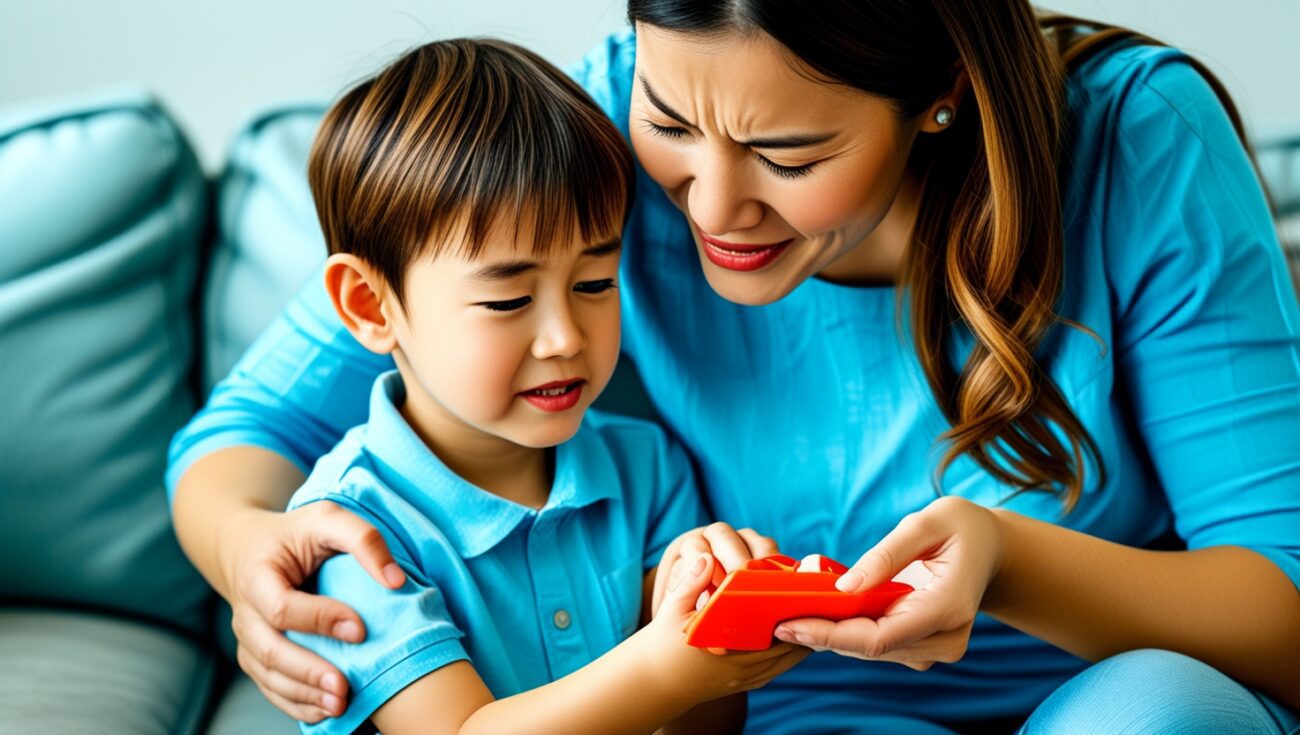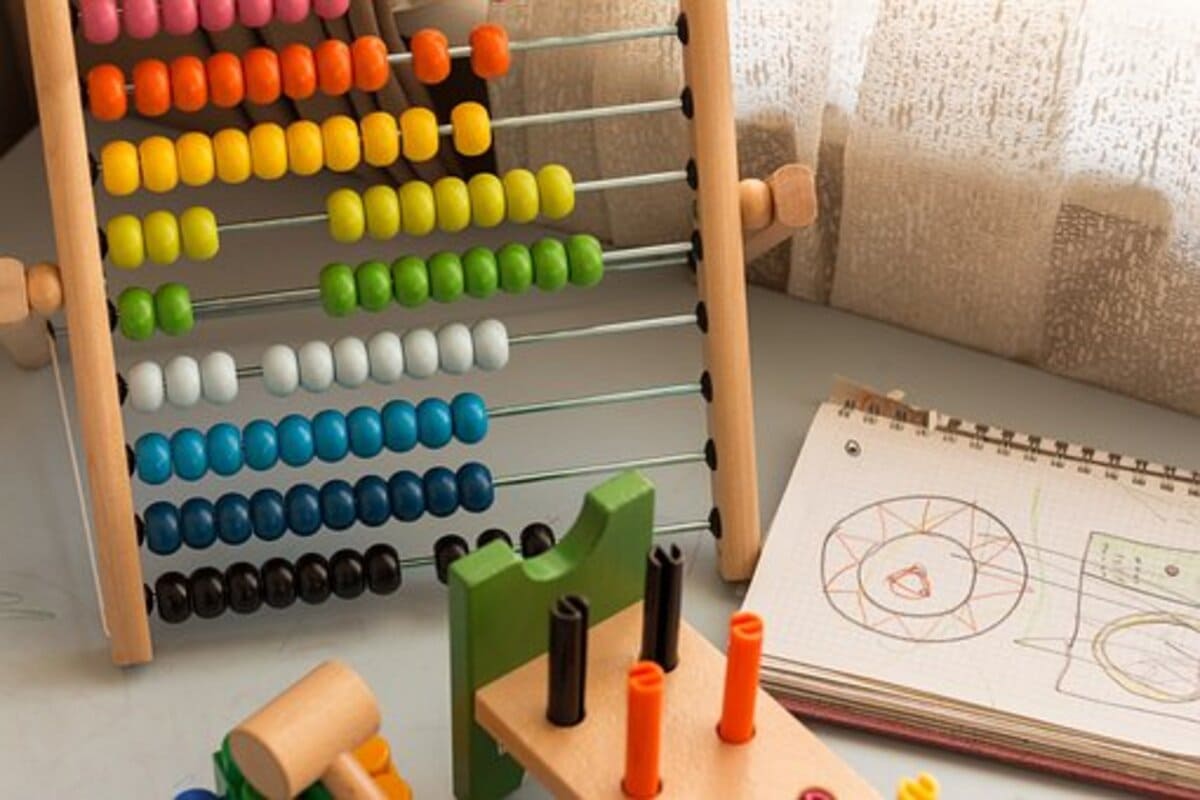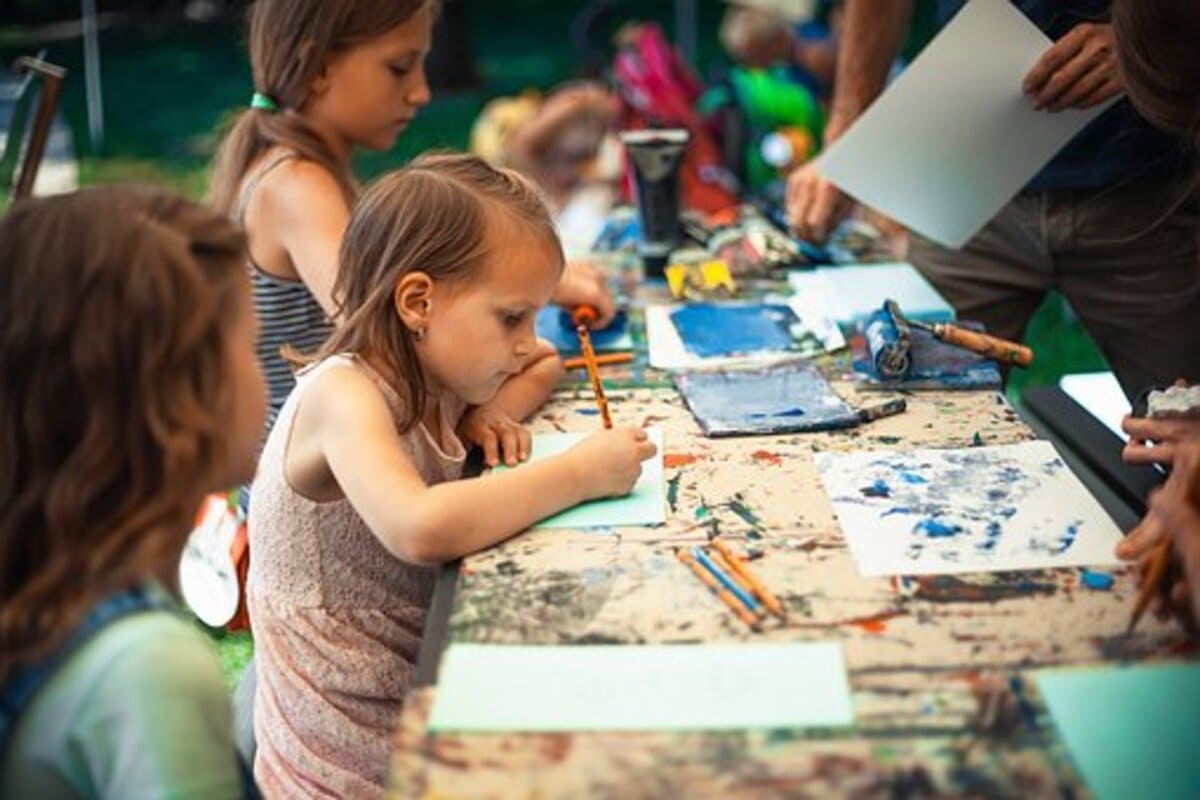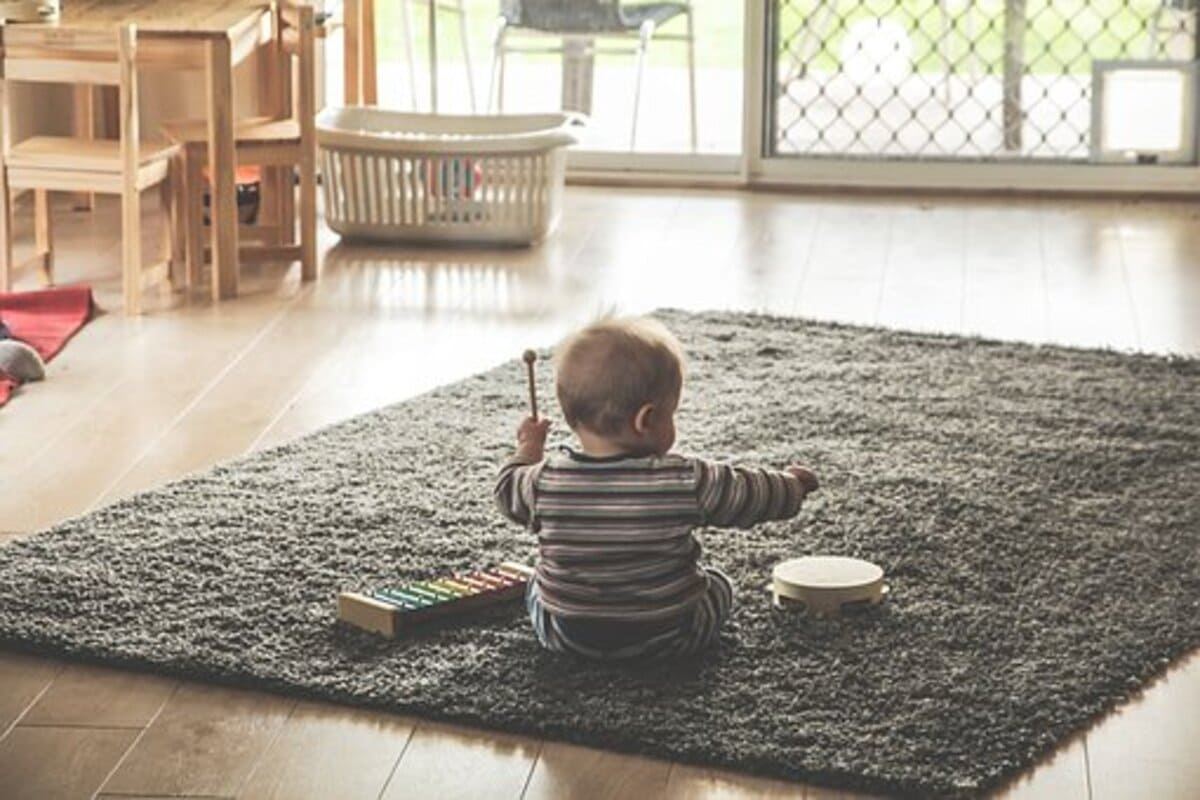المدونة
How to Teach Kids to Apologize Sincerely

Do you struggle to get your child to say “sorry” when they’ve hurt someone’s feelings or made a mistake?
Teaching kids how to apologize is a crucial life skill that helps them understand accountability, empathy, and the importance of repairing relationships.
In today’s guide, we’ll explore how you can teach your child the art of a sincere apology, helping them build emotional intelligence and create meaningful connections with others. With the right guidance, your child will learn how to make amends and show kindness after making mistakes.
Tip 1: Explain the Importance of Apologizing
• Empathy and Accountability
Children often don’t naturally recognize the impact of their actions.
Teach them that apologizing means understanding when they’ve hurt someone and caring enough to make it right.
Use simple phrases like, “When you said that, it made your friend feel sad.”
• Restoring Relationships
Apologies act like “relationship glue” — they help heal emotional wounds and rebuild trust.
Teach your child that saying sorry can make friendships and family bonds stronger.
• Setting an Example
Model sincere apologies yourself.
When parents apologize for mistakes, children learn that it’s normal — and brave — to take responsibility.
Tip 2: Teach What a Sincere Apology Looks Like
• Acknowledge the Action
Help your child’s name what they did wrong clearly.
For example: “I’m sorry for grabbing your toy without asking.”
Specific apologies show real understanding.
• Express Regret
Teach your child to recognize and validate the other person’s feelings.
Saying, “I can see you were upset,” shows emotional maturity.
• Offer to Make Amends
Real apologies often come with actions.
Encourage your child to ask, “What can I do to make it up to you?”
• Say ‘Sorry’ Clearly and Directly
Teach your child to face the person, make eye contact, and use a steady, genuine tone when apologizing.
It makes a world of difference in how the apology is received.
Tip 3: Practice Role-Playing Apologies
• Create Scenarios Together
Make practice fun with playful situations where your child can rehearse apologizing.
For example: pretend to knock over a tower of blocks and model how to say sorry.
• Praise Effort, Not Just Words
Applaud your child’s willingness to try, even if the apology isn’t perfect.
Focus on their emotional effort, not just the script.
• Simulate Real-Life Situations
Use real conflicts as learning moments.
Guide your child step-by-step to apologize sincerely after small arguments or accidents.
Tip 4: Encourage Emotional Reflection
• Discuss Emotions Before and After
Before rushing into an apology, help your child name their own feelings and imagine the other person’s feelings too.
• Help Them Understand the Consequences
Show how words and actions affect others emotionally.
For instance: “When you shouted at your friend, they felt hurt and lonely.”
• Build Empathy
Ask “How would you feel if…?” to help your child understand the emotional impact from the other person’s point of view.
Tip 5: Reinforce Positive Behavior and the Power of Forgiveness
• Praise Honest Apologies
Celebrate when your child apologizes sincerely.
Acknowledging their effort builds their confidence to take responsibility next time.
• Forgiveness is Part of the Process
Teach that forgiving — and being forgiven — is essential.
Mistakes are opportunities to grow, not reasons to stay ashamed.
• Model Forgiveness
When your child apologizes, accept it warmly and move on.
Show them that relationships can heal stronger after conflicts.
Teaching your child how to apologize sincerely is about so much more than just saying “sorry.”
It’s about helping them develop empathy, accountability, emotional intelligence, and relationship-building skills that will serve them for a lifetime.
By explaining the importance of apologies, demonstrating sincerity, practicing together, encouraging emotional reflection, and reinforcing positive behaviors, you will empower your child to grow into a kind, responsible person who knows how to repair mistakes and deepen connections with others.
🎥 Watch our full video guide here:





















